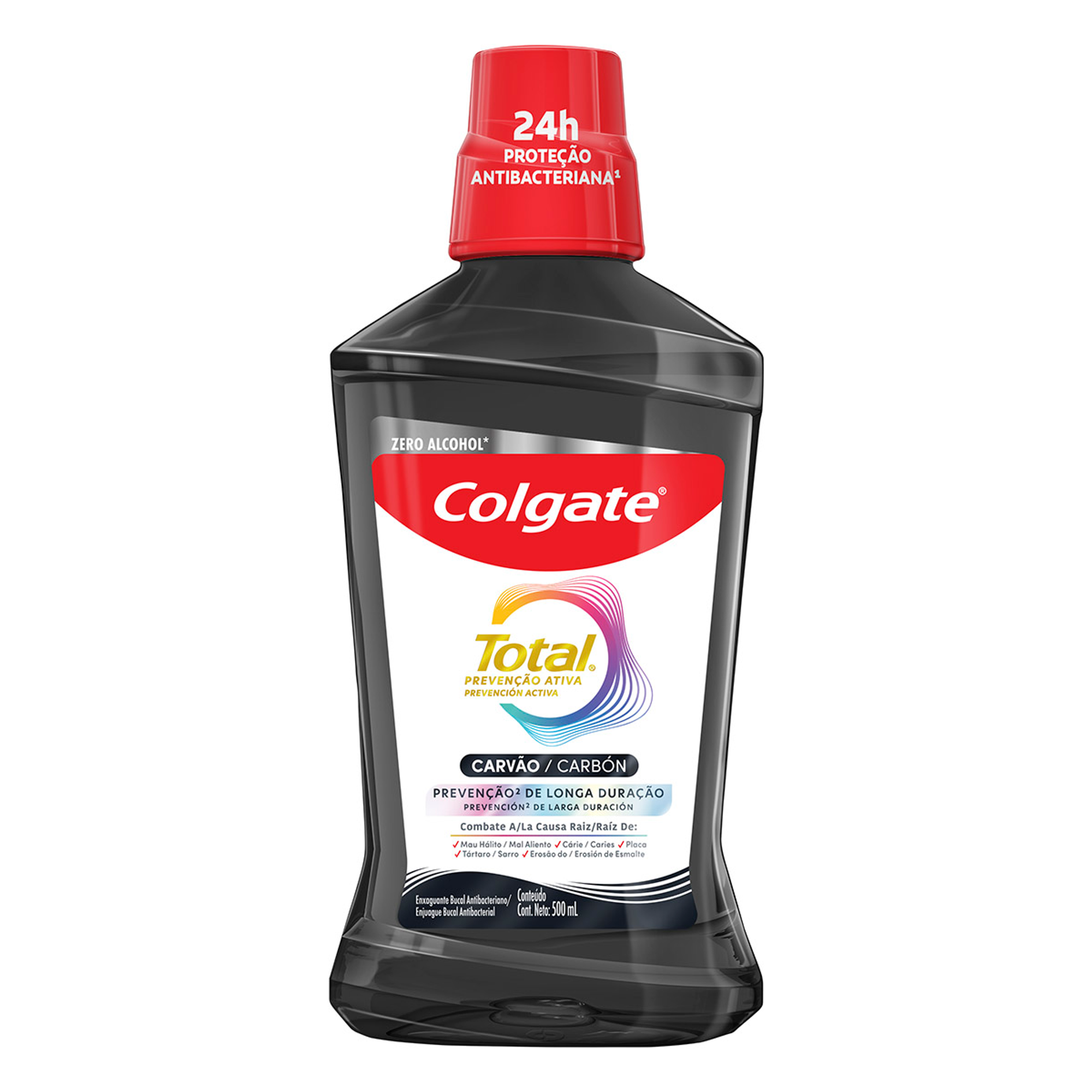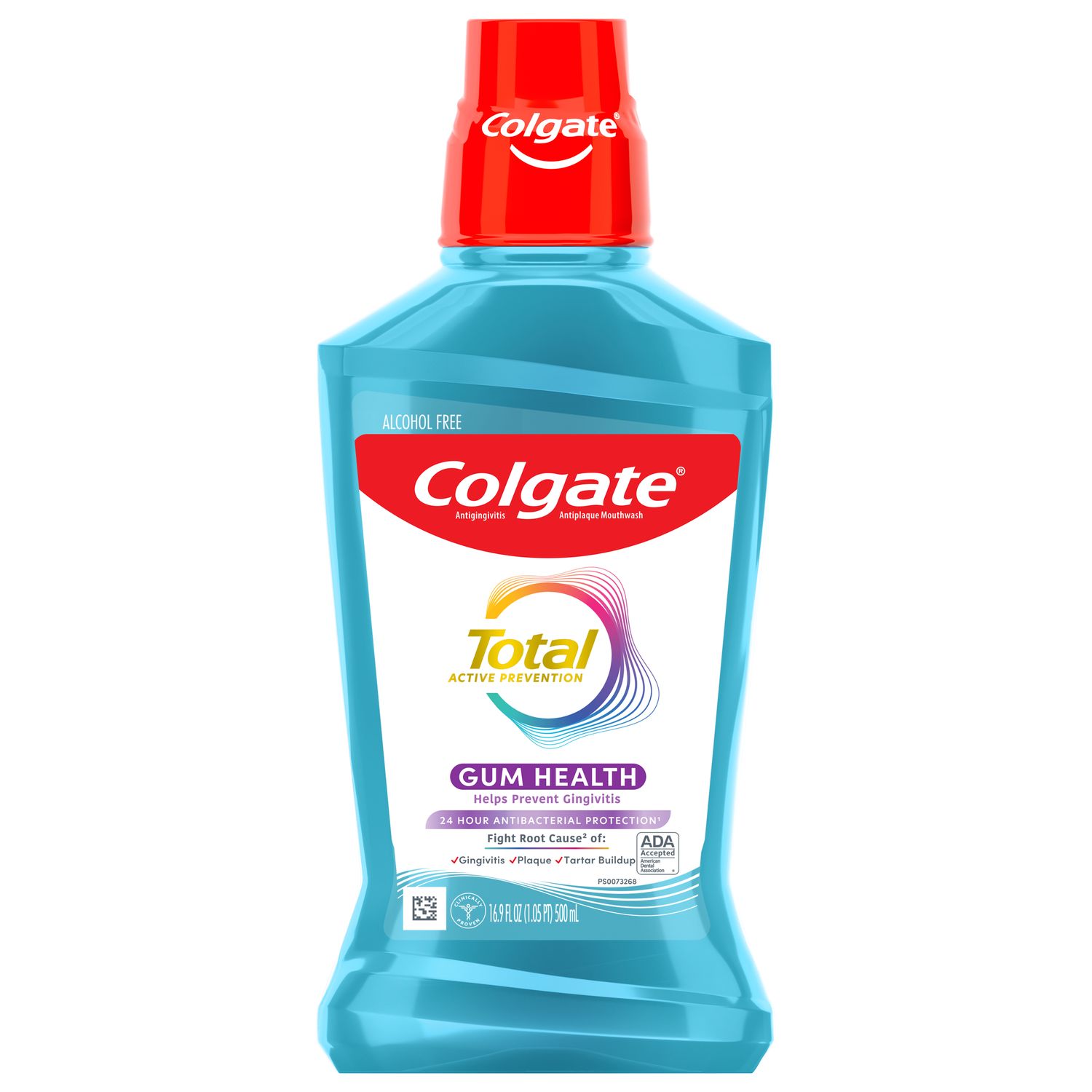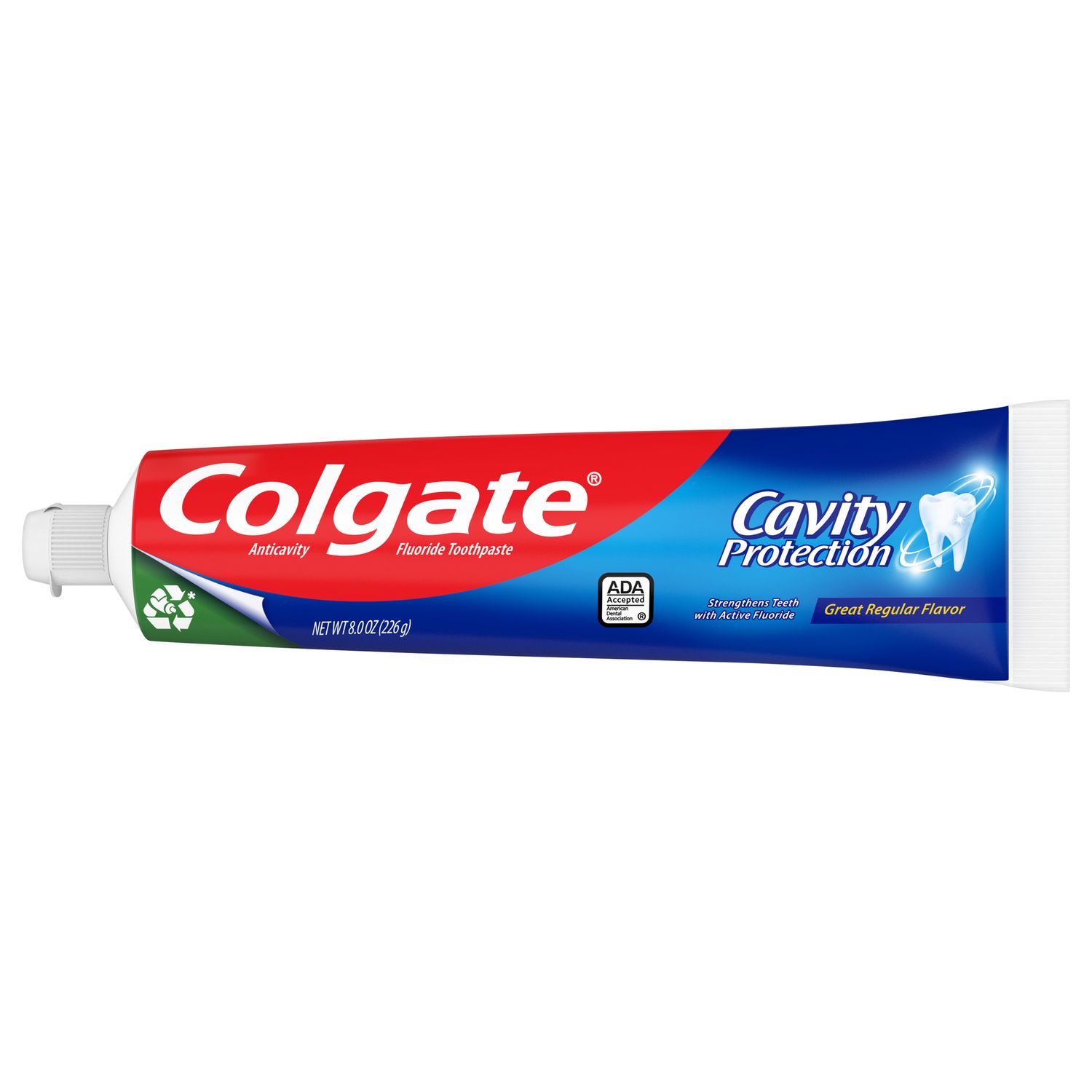What are dental sealants?
Dental sealants are plastic coatings usually placed on the chewing (occlusal) surface of the permanent back teeth — the molars and premolars — to help protect them from decay.
Why are dental sealants placed on teeth?
The chewing surfaces of the molar and premolar teeth have grooves — "fissures" — that make them vulnerable to decay. These fissures can be deep, difficult to clean, and narrower than even a single bristle of a toothbrush.
Plaque accumulates in these areas. The acid from bacteria in the plaque attacks the enamel and cavities can develop. Fluoride helps prevent tooth decay and protects all the surfaces of the teeth. Dental sealants provide extra protection for the grooved and pitted areas by providing a smooth surface covering the fissured area.
When are dental sealants placed?
Since dental sealants provide such strong prevention against tooth decay, they're typically used with children and teenagers once their molars come in.
Are dental sealants only placed on the chewing surface of molar and premolar permanent teeth?
Dental sealants are usually placed on the chewing surfaces of these teeth because these are the areas and teeth that typically have deep fissures. Dental sealants are sometimes also used on other permanent teeth if they have grooves or pits to help protect these surfaces. In some children, the molars in the primary dentition (baby teeth) also have grooves that could benefit from dental sealants. In this situation, your dentist or hygienist may recommend dental sealants on the chewing surfaces of these primary teeth.
Can dental sealants be placed on the teeth of adults?
Yes — while less common, dental sealants are sometimes placed in adults at risk for caries on deep grooves and fissures that do not already have fillings or dental sealants.
What do dental sealants look like?
Dental sealants can be clear, white or have a slight tint depending upon the dental sealant used.
How are dental sealants placed?
- The tooth surface is thoroughly cleaned with a paste and rotating brush by a dental professional.
- The tooth is washed with water and dried.
- An acidic solution is placed on the fissured area of the tooth's chewing surface for several seconds before being rinsed off. This creates small microscopic areas and a fine rougher surface than the surrounding tooth enamel, which can be seen with a microscope. The rough surface and microscopic areas enable the dental sealant to attach to the tooth.
- After the tooth is dried again, the liquid dental sealant is placed on the tooth and hardened. Dental sealants are hardened by using a light that hardens the dental sealant, or sometimes by using a two-component dental sealant that sets without light.
- Once the dental sealant has hardened, it becomes a hard plastic varnish coating, and you can chew on the tooth again.
How long does a dental sealant last?
Dental sealants have been used and proven to be effective since the 1970s. Many studies have shown that they are effective in helping prevent decay on chewing (occlusal) surfaces. Dental sealants can last many years. If necessary, it is also possible to place a new dental sealant on the tooth.
Do I still need to use fluoride if I have dental sealants?
Yes. Dental sealants only protect the surface area that they are placed on. Fluoride helps protect all the surfaces of the tooth from decay and cavities.
Cost Range of Dental Sealants
What do dental sealants cost? Dental sealants cost can range from about $30 to $40 per tooth but can climb slightly in metropolitan areas. Check to see if your insurance covers sealant treatments. If you're on a budget or uninsured, you may want to check if your child's school (or one in the surrounding area) offers sealants and preventative programs as an extension of their enrollment as a student.
Sealant, Filling, or Crown?
To maintain optimal oral health, good oral care means being preventative and proactive. Keep in mind that crowns and fillings result from some level of tooth decay and damage that has already occurred. And though there are many factors in the cost of a filling or crown – such as how many are needed and how much insurance you have – fillings can each cost about $110 to $240 on average and crowns can range between $1,000 to $3,500.
Opting for dental sealant at your dental professional's suggestion may make the most sense not only for your teeth but also for your budget. Ultimately, maintaining excellent oral care between checkups by brushing twice a day will help prevent cavities and support the sealant treatment after the fact. To ensure you're taking the best care of your smile, always check with your dental professional about options for your teeth and the best aftercare for your sealant treatment.
Oral Care Center articles are reviewed by an oral health medical professional. This information is for educational purposes only. This content is not intended to be a substitute for professional medical advice, diagnosis or treatment. Always seek the advice of your dentist, physician or other qualified healthcare provider.
ORAL HEALTH QUIZ
What's behind your smile?
Take our Oral Health assessment to get the most from your oral care routine
ORAL HEALTH QUIZ
What's behind your smile?
Take our Oral Health assessment to get the most from your oral care routine














